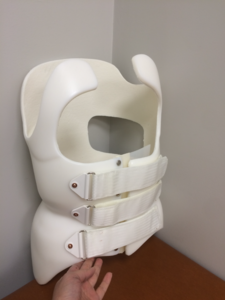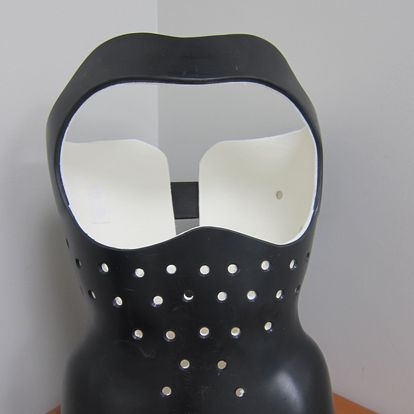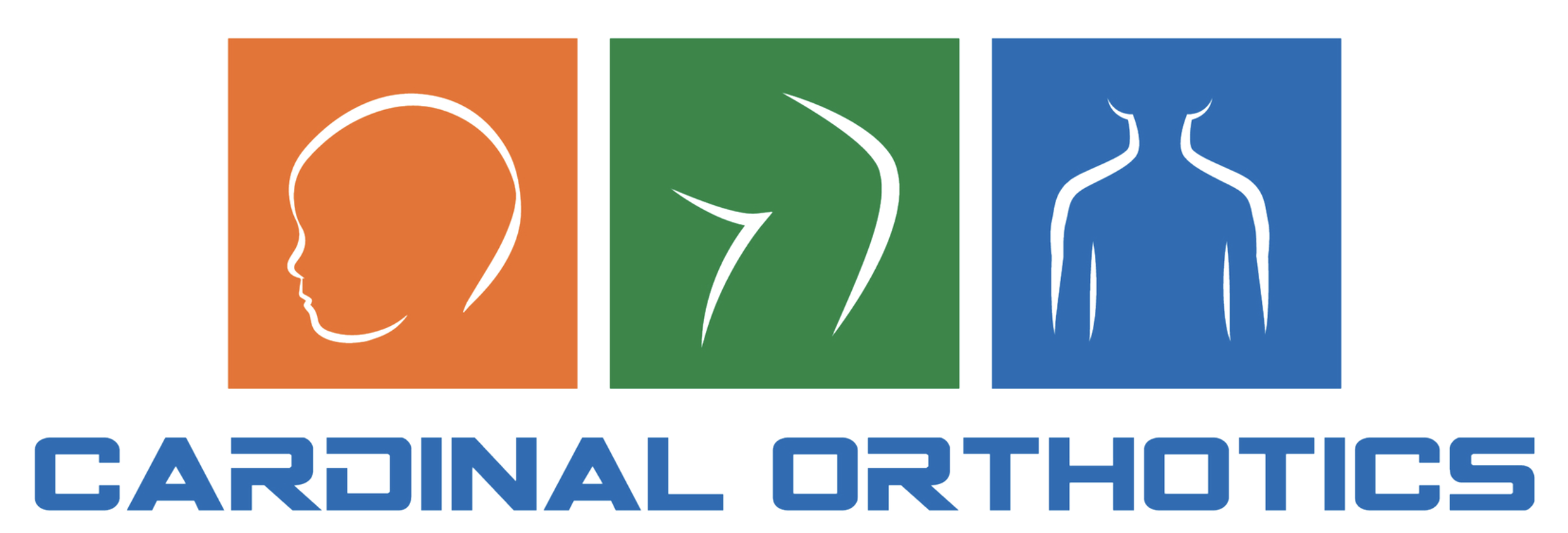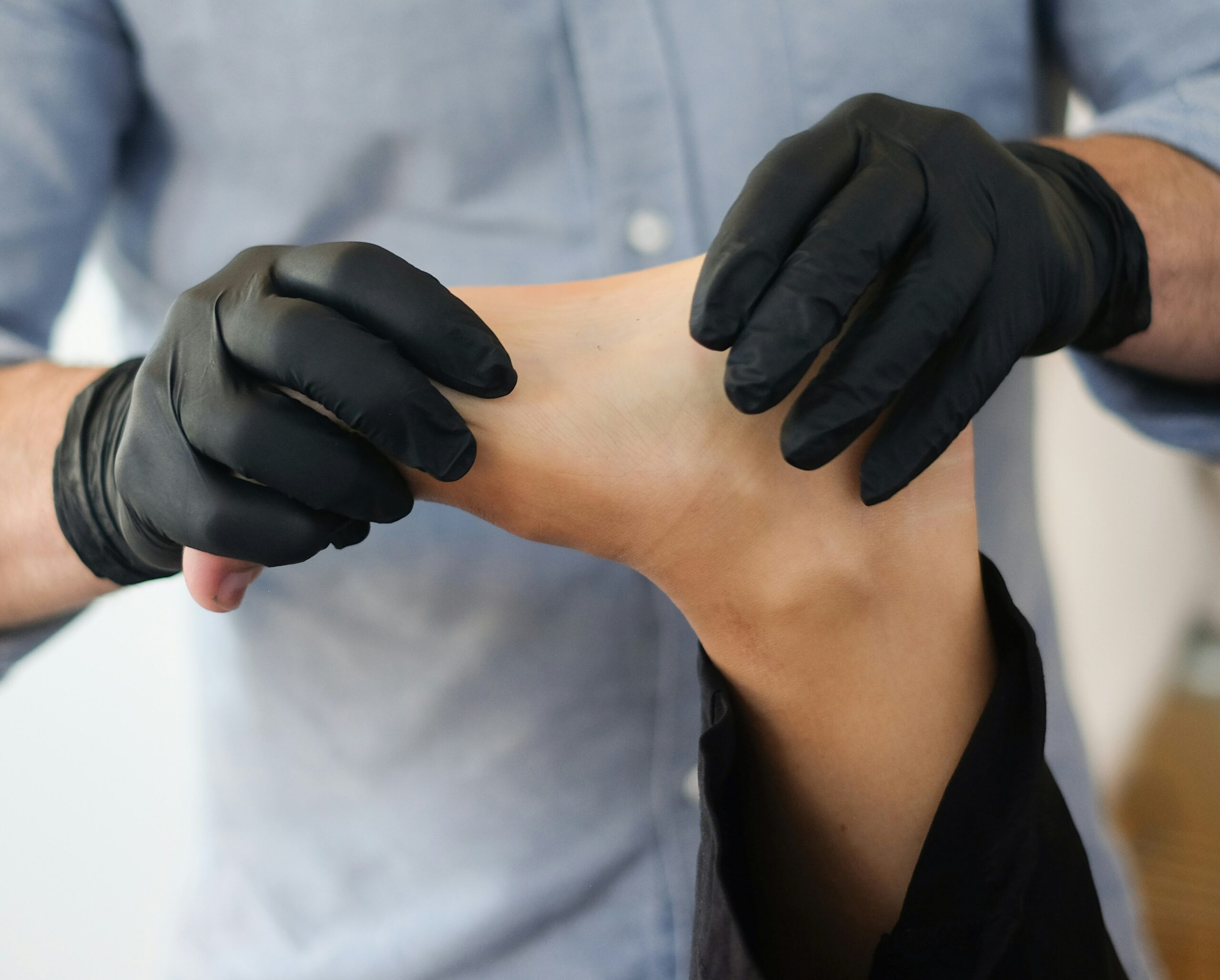
Understanding Scoliosis
Causes, Symptoms, and Orthotic Solutions
Introduction:
Scoliosis is a common spinal condition characterized by an abnormal sideways curvature of the spine. While some cases are mild and may not require treatment, others can be severe and impact daily life. In this article, we will explore the causes, symptoms, and orthotic solutions for scoliosis.
Causes:
Scoliosis can develop due to various factors, including congenital spine abnormalities, neuromuscular conditions, genetic predisposition, or idiopathic reasons (unknown cause). It often manifests during adolescence, particularly during growth spurts, but can also develop in adults due to degenerative changes in the spine.
Symptoms:
The symptoms of scoliosis can vary depending on the severity and location of the spinal curvature. Common signs include uneven shoulders, waist asymmetry, a prominent shoulder blade, and uneven hips. In more severe cases, scoliosis can lead to back pain, difficulty breathing, and neurological complications if the curvature affects the spinal cord.

Orthotic Solutions:
Orthotic interventions play a crucial role in managing scoliosis, especially for adolescents with moderate to severe curvature.
Here are some common orthotic solutions:
1. TLSO Braces: Thoracolumbosacral orthosis (TLSO) braces are custom-fitted devices designed to halt the progression of spinal curvature in adolescents. These braces apply corrective pressure to the torso, guiding the spine into a more aligned position.
Cheneau Bracing: The Cheneau brace is a specialized TLSO brace specifically designed for scoliosis treatment. It incorporates 3D imaging technology to create a personalized brace tailored to the individual’s unique spinal curvature. The Cheneau brace applies corrective forces to the spine, promoting proper alignment and preventing further curvature progression.
3. Spinal Orthoses: Spinal orthoses are also utilized in the management of scoliosis, particularly for adults with degenerative scoliosis or post-operative stabilization. These orthoses provide support and stability to the spine, alleviating pain and improving functional mobility.

Conclusion:
Scoliosis is a complex spinal condition that requires comprehensive evaluation and management. Orthotic solutions, such as TLSO braces, Cheneau bracing, and spinal orthoses, play a crucial role in halting curvature progression, relieving symptoms, and enhancing the overall quality of life for individuals with scoliosis. Early detection and timely intervention are key to optimizing treatment outcomes and minimizing the impact of scoliosis on daily activities. If you or a loved one are experiencing symptoms of scoliosis, consult with a qualified orthotist or healthcare provider for personalized evaluation and treatment recommendations.


